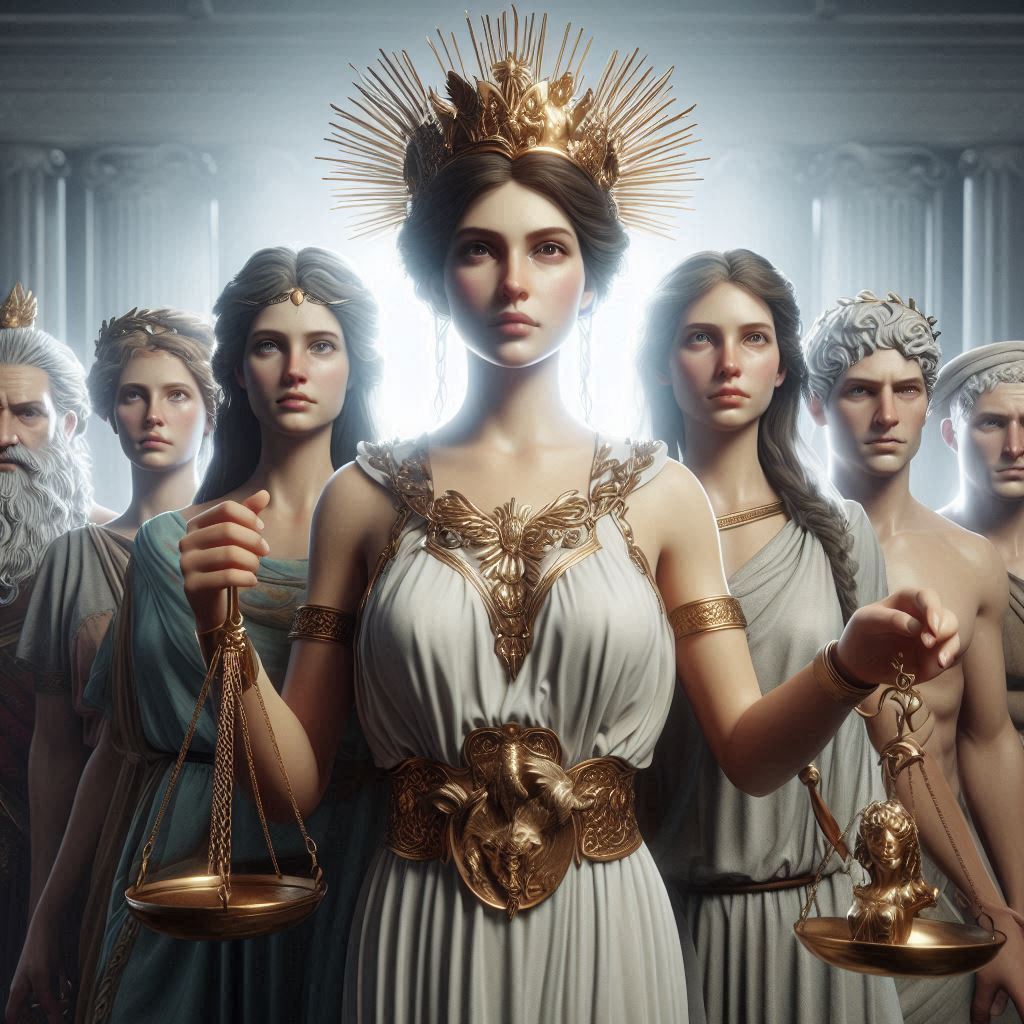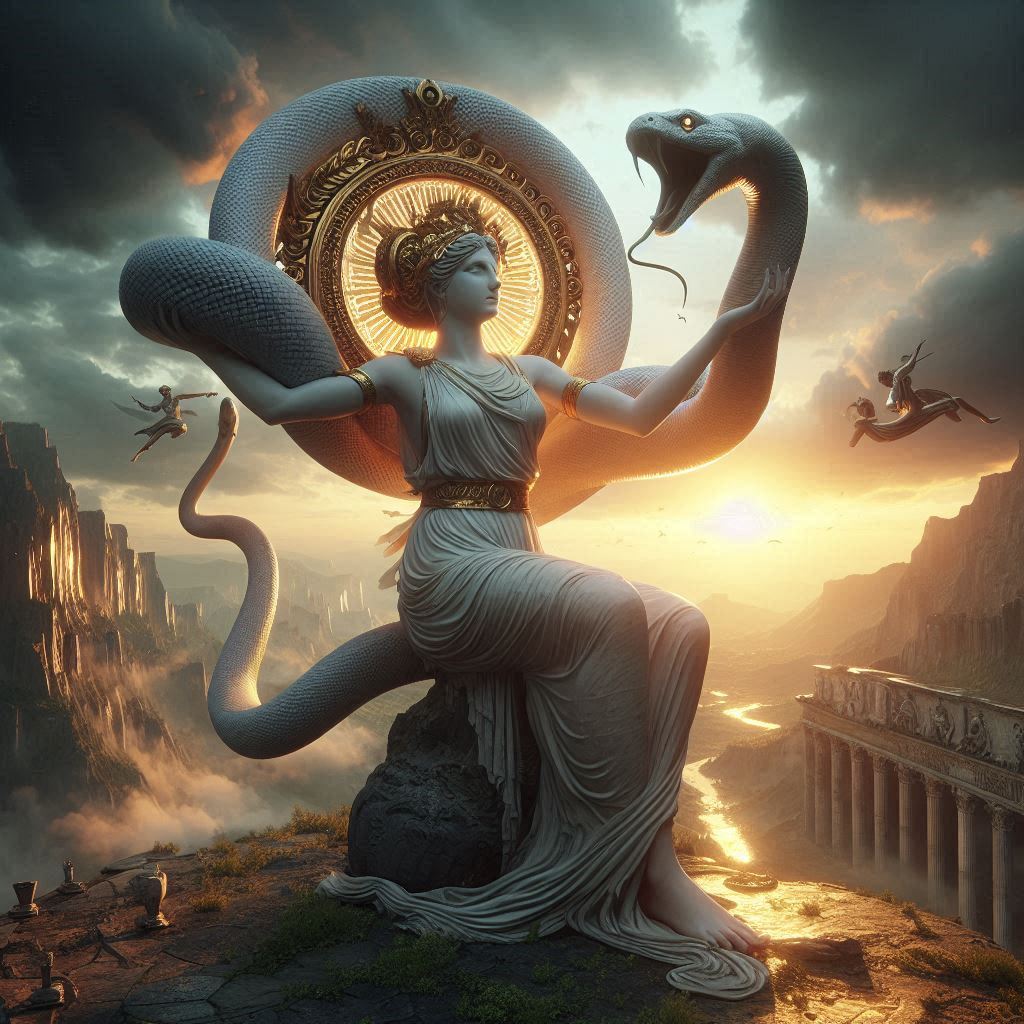Table of Contents
Unveiling the Cosmos in Liu Cixin’s The Three-Body Problem
Liu Cixin’s The Three-Body Problem, the first installment of the Remembrance of Earth’s Past trilogy, is a cornerstone of modern science fiction. It blends complex scientific theories, philosophical inquiries, and socio-political commentary, creating a narrative that challenges conventional storytelling. At its heart, the novel explores humanity’s relationship with the cosmos, the ethics of survival, and the consequences of first contact with an alien civilization.

Scientific Foundations and Philosophical Questions
A hallmark of Liu’s writing is his adept use of scientific principles, particularly those related to astrophysics, mathematics, and computer science. The titular “Three-Body Problem” refers to an unsolvable problem in classical mechanics concerning the motion of three celestial bodies under mutual gravitational attraction. This scientific concept is central to the fictional alien world Trisolaris, whose chaotic and unpredictable environmental cycles drive the alien civilization to seek refuge beyond their solar system.
The narrative raises profound philosophical questions about the limits of human understanding and the ethics of survival. How should humanity react when faced with an existential threat from a vastly superior alien species? Is the betrayal of one’s species ever justified if it serves a higher purpose? Liu grapples with these dilemmas through the perspectives of his characters, most notably Ye Wenjie, a disillusioned astrophysicist whose actions catalyze humanity’s contact with the Trisolarans.
Socio-Political Contexts
Liu situates his narrative within a complex socio-political framework, reflecting on China’s tumultuous history, particularly the Cultural Revolution. Ye Wenjie’s personal trajectory, from a victim of political persecution to a pivotal figure in the alien contact narrative, mirrors the broader themes of disillusionment and hope in the face of systemic oppression.
Through Ye, Liu critiques humanity’s tendencies toward self-destruction and shortsightedness. Her decision to signal the Trisolarans stems from a profound loss of faith in humanity’s ability to rectify its flaws. This act of desperation, however, sets the stage for potential catastrophe, forcing readers to consider the consequences of individual actions in a collective context.
Alien Contact and the Fermi Paradox
The Trisolarans themselves embody both the hope and the terror of alien contact. Their advanced technology and unified society present an aspirational vision of what humanity could achieve. However, their ruthless pragmatism and intent to colonize Earth highlight the darker possibilities of interstellar encounters. Liu’s exploration of the Fermi Paradox—why we have not yet encountered extraterrestrial civilizations—adds another layer of complexity. The novel’s depiction of the “dark forest” theory, introduced later in the trilogy, proposes that the universe is a battleground where survival necessitates preemptive strikes against potential threats, no matter how benign they might seem.
Characters as Microcosms of Humanity
The characters in The Three-Body Problem serve as conduits for exploring broader themes. Ye Wenjie represents disillusionment and the allure of nihilism, while Wang Miao, a nanomaterials scientist drawn into the unfolding crisis, embodies humanity’s resilience and curiosity. The contrast between these characters highlights the diversity of human responses to existential challenges. Additionally, the enigmatic “Three-Body” video game provides a virtual simulation that allows characters—and readers—to grapple with the scientific and ethical dilemmas posed by Trisolaris.
Literary Style and Reception
Liu’s prose is meticulous, often delving into detailed scientific explanations that lend the story an air of authenticity. While some readers may find this density challenging, it reflects the novel’s commitment to intellectual rigor. The blending of hard science fiction with a deeply humanistic perspective has earned Liu international acclaim, including the Hugo Award for Best Novel in 2015, the first time a Chinese author received this honor.
Critics have praised the novel for its originality and ambition but have also noted its challenges for non-Chinese readers unfamiliar with the cultural and historical context. Nevertheless, the novel’s universal themes of survival, morality, and the search for meaning resonate across cultural boundaries.
Conclusion: Humanity’s Place in the Cosmos
The Three-Body Problem is more than a story of alien invasion; it is a meditation on humanity’s place in the cosmos. Liu Cixin challenges readers to confront uncomfortable truths about their species and their priorities. The novel’s blend of scientific precision, philosophical depth, and socio-political commentary makes it a masterpiece of speculative fiction. As humanity continues to gaze at the stars, pondering the possibilities of extraterrestrial life, Liu’s work reminds us of the immense responsibility that comes with exploring the unknown. In doing so, The Three-Body Problem cements its place as a modern classic, encouraging readers to think deeply about the future of humanity and the universe itself.


No responses yet